Back to main Energy page
- Office Hours
- Student Documentation
- Last Year’s Class
- Deliverables
- Assignments
- Weekly Syllabus
- 01, January 27: Blackouts and the Big Bang
- 02, February 03: Making Things Move
- 03 February 10: Capturing with Capacitors
- 04 February 17: Big Kinetic
- 05 February 24: Kinetic Presentations
- 06 March 03: Let There Be Light – Solar 1
- 07 March 10: Charge/Discharge – Batteries
- 08 March 24: Solar 2
- 09 March 31: Solar Presentations
- 10 April 07: Measurement
- 11 April 14: AMA Review
- 12 April 21: Special Topics (will be virtual or individual meetings)
- 13 April 28: Workshop
- 14 May 5: Final presentations
- Class Policies
Office Hours
This is my online office hour calendar. In general I will be at ITP before and after our Thursday class for in-person meetings. I am happy to arrange other times to connect via video – email me and we’ll set it up.
Student Documentation
Last Year’s Class
Take a look here for some inspiration.
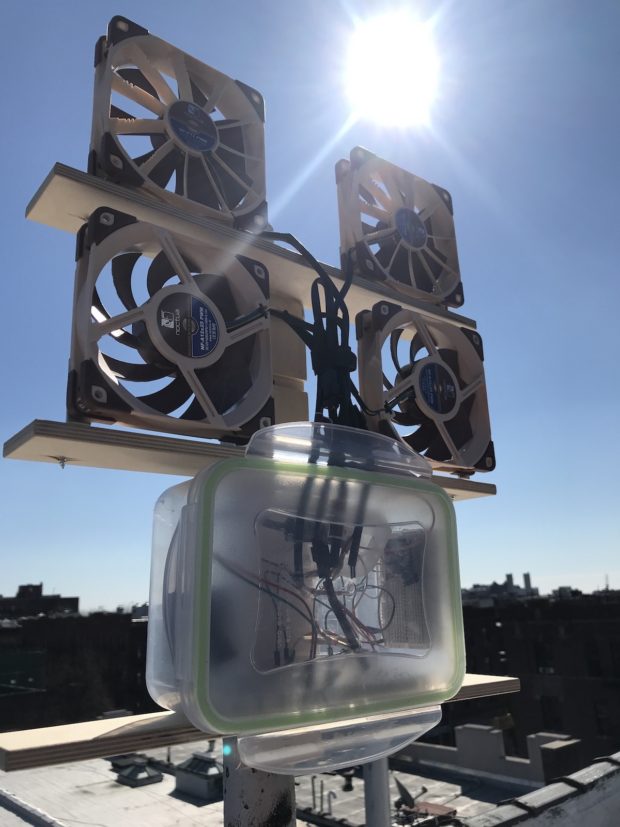
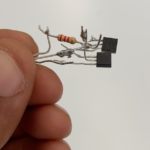
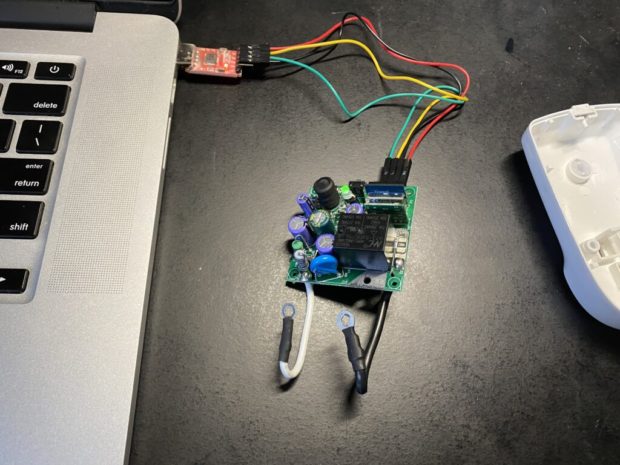
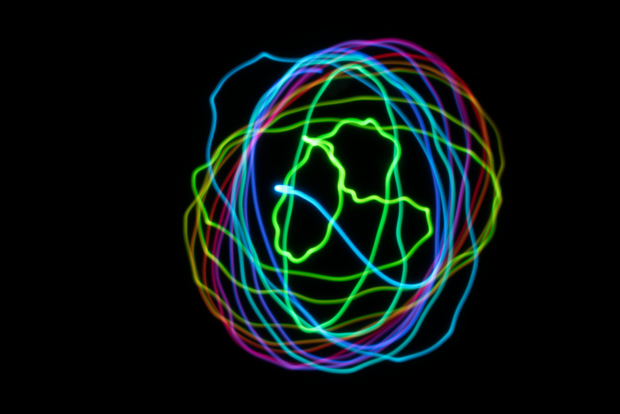
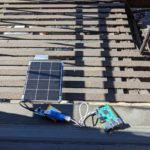
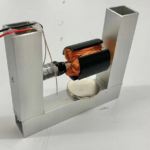

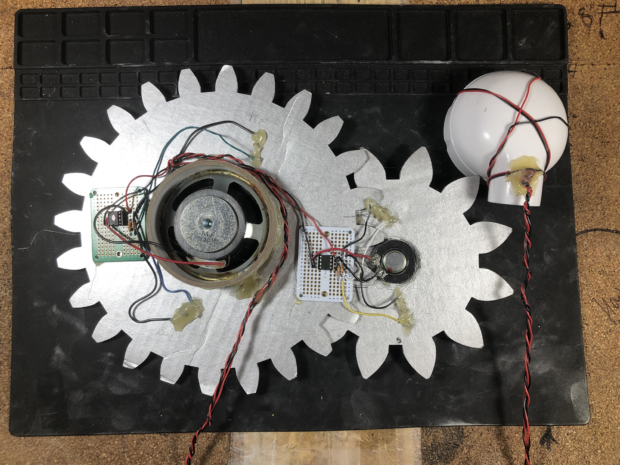

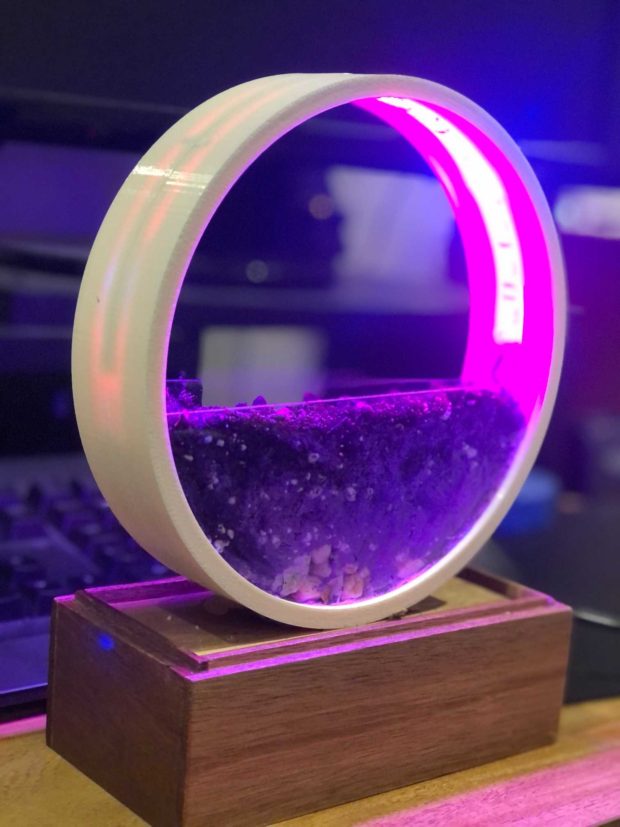
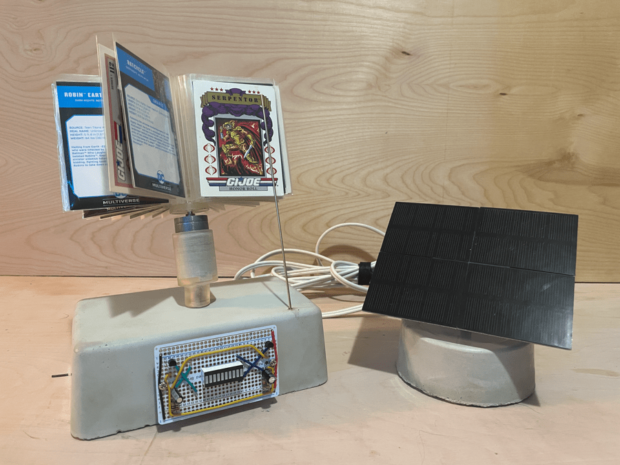
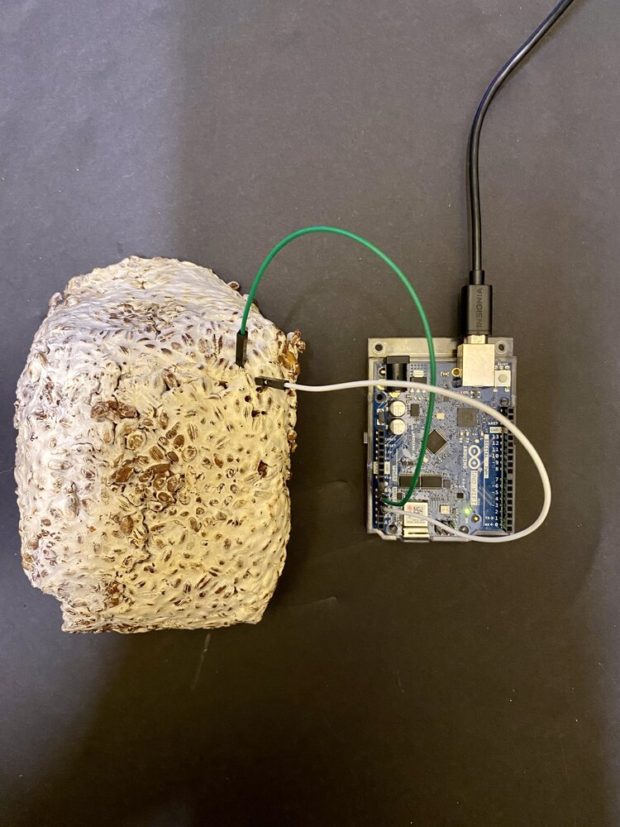

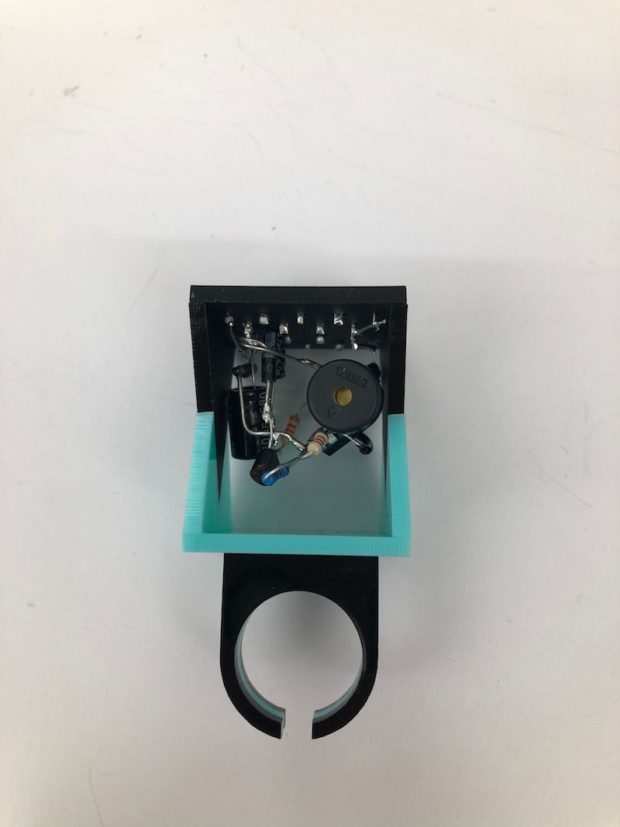
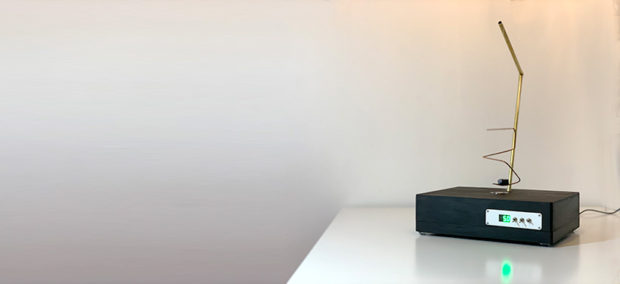
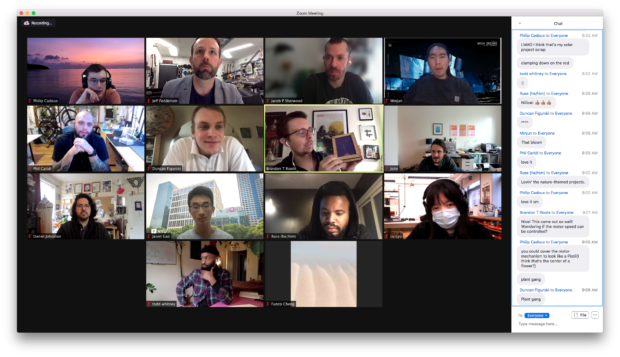
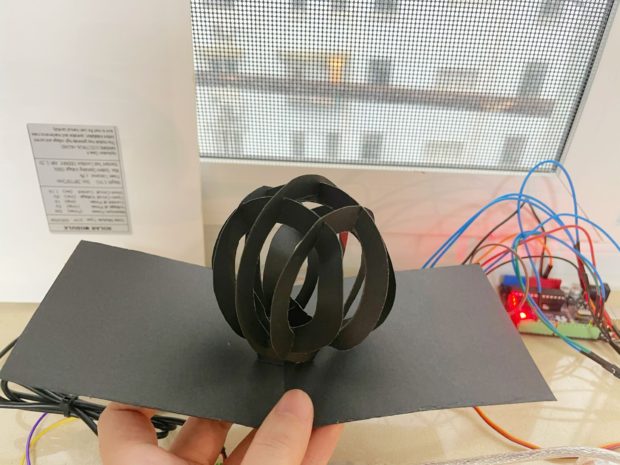
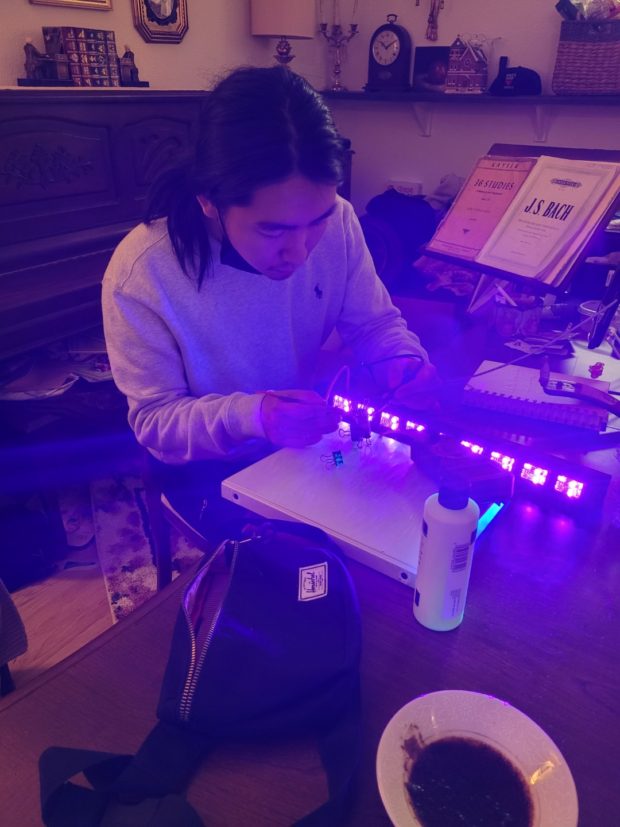
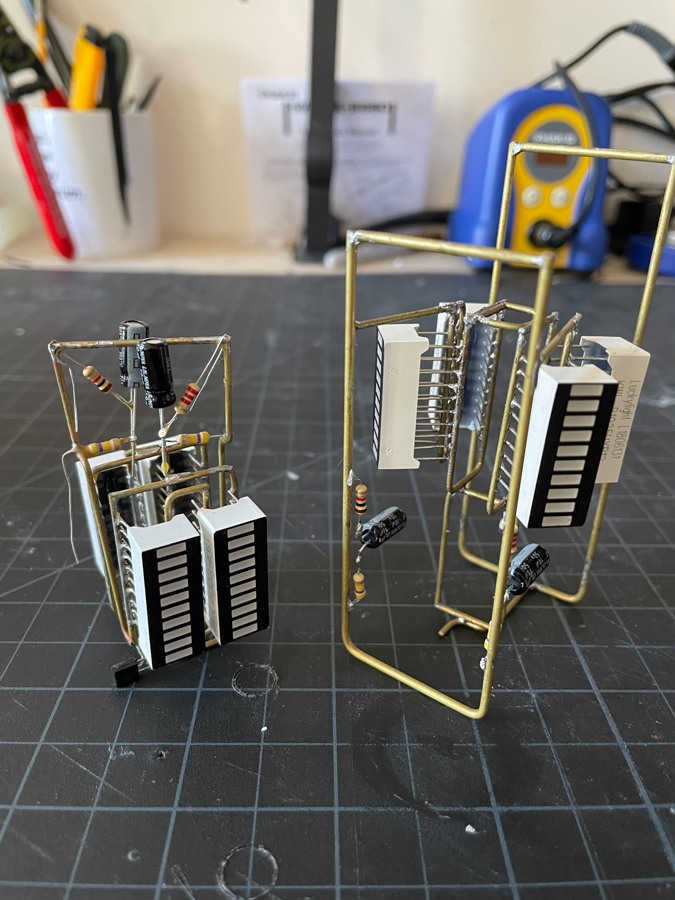
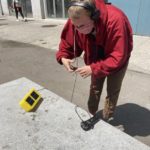
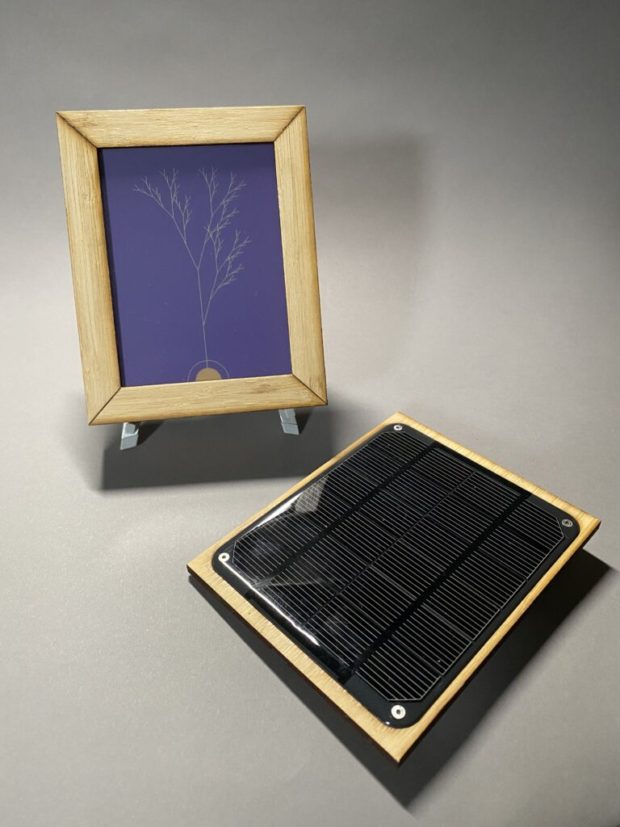
Phil Caridi, Brandon Roots, Jake Sherwood, Lu Lyu, John Bezark, Daniel Ryan Johnston, Funzo Cheng, Duncan Figurski, Philip Cadoux, Minjun Kim, Russell Ladson, Todd Whitney, Jason Gao, Paulami Roychoudhury
Some more previous class work:
Examples of previous class documentation: Roland Arnoldt Yeseul Song Sam Chasan Jason Young Dan Oved Dominick Chang Jenny Lim Anita Mbabazi Fanni Fazakas Marcha M Johnson Arnav Wagh
Also check out the archive of past class projects.
Note: Yeseul Song took the Energy course, as did David Rios, who holds the record for biggest magnet/coil wearable synthesizer.
Deliverables
What you’ll do, and when. Note, this list does not include small weekly prompts such as project mileposts.
Week 4, February 17: Commit to a measurement project subject area
Week 5, February 24: Kinetic Project presentations
Week 9, March 31: Solar Energy presentations
Week 12, April 21: Measurement report due online
Week 14, May 5: Final presentations
Throughout the semester: Reading, podcast listening, blog/documentation posts
Assignments
The work of the class will consist of three smaller multi-week exercises (kinetic, solar, and measurement) and a final project. Additional weekly prompts and suggested readings may be mentioned in class and noted in the syllabus.
The final can be an extension of one of the three exercises; a novel project in its own right; or the thorough application of class ideas to another course’s final project or your thesis.
We’ll maintain a class spreadsheet where you will add your documentation link and other notes about your work this semester – consider if a checklist to track your work. I’ll share the link in class and via email.

Kinetic project
Turn motion into light
Any relative motion between magnets and conductors will induce electrical current in the conductor. Thus electrical motors are also electrical generators, and you can use this fact to easily power things with motion. A relatively forgiving thing to power is an LED.
The kinetic project is to turn motion into light. Play around with a few alternatives for generators (say, stepper vs DC gearmotor). What is the open circuit voltage and short circuit current of your generator? Is the output AC or DC? Consider various forms of physical input (say, hand crank vs. foot pedal). How hard is it to turn? What physical activity is the input, and what human muscles or other motion does it capture?
Condition the output of your generator to safely power (at a minimum) a light, which could be a single bulb (of any type) or a more complex display. Consider the efficiency of the light source in lumens per watt.
Work in groups of 2 to 4. Document your project in detail, with measurements, and formally present the project in Week 5, February 24.
Solar project
Turn light into computation
Almost all energy we use comes ultimately from the sun, so it is appropriate to focus on solar power in an energy class. Usually when people say “solar” they mean photovoltaics – the conversion of light into electricity via special materials (as distinct from solar thermal, which captures the heat from the sun, sometimes with concentrating mirrors; solar lighting directs sunlight into interior parts of buildings with mirrors or fiber-optics, etc.).
For this assignment, you will use photovoltaic material to convert light into electricity, which you may use directly or store in a capacitor or battery. Building on the kinetic project, we increase the complexity of the goal by requiring that the light-derived electricity power computation of some kind. This could be simple – an ATTiny can be run directly off a small solar panel – or more complex, like a single board computer or larger item. The non-digital “computations” of things like BEAM robots count here for computation. You will need to size your solar and storage (if you use it) accordingly.
Creating solar projects can be expensive, and testing them can be difficult. ITP has a few resources for helping with PV projects and testing, and you will be rewarded with a better understand of a key technology transforming energy around the world.
Work individually or in groups of up to three. Presented in class in Week 9, March 31.
Measurement project
Manage what you measure
Measuring energy gives you insight into the process you are measuring, requires you to keep units straight (power vs energy; watt-hours vs watts, etc) and is helpful in comparing various processes in energy terms.
In the spirit of the class, this assignment combines the personal/local with the communal/global. For a subject you are interested in, combine direct measurements that you can make with related contextual statistics you find through research.
For example, if your interest broadly is food waste, you might measure both how much food you purchase in a week (in Calories), how much you dispose of (estimate as percentage of purchased), and the energy you use to refrigerate it (in kilowatt hours, measured by something like a Kill-A-Watt). You could compare this to food waste statistics at the city, state, country, and/or global levels, as well as fossil fuel inputs to industrial agriculture.
See the notes on measurement materials for some ideas on how to perform direct energy measurements. Make at least two direct measurements, and find at least two contextual statistics. Write up your findings in a blog post.
You should select an area of interest by week 4, when we will discuss your selection in class. We will not set aside a day to present measurement projects; however, you will be expected to share your findings and contribute to class discussions on your topic of interest throughout the semester. The written post is due by week 12, April 21.
Final
Extend the kinetic, solar, or measurement project into a larger final project (recommended), or develop a new project.
As every subject can be viewed through the lens of energy, there are no subjects that are intrinsically off-limits for an energy final. A good Energy class project does one or more of the following:
- Accounts for the energy used accurately, with appropriate estimates and direct measurements when possible.
- Is itself about energy, clarifying energy concepts or illuminating energy use.
- Obtains all of its energy from the environment, without need for primary batteries or a grid connection.
- Makes a positive difference in the world!
Class discussions / participation
There is so much material that could be part of a class like this. I rely on you to help bring in material that you find of particular interest. I won’t directly cover, for example, EU carbon markets, but I would love it if you brought that up in class. To that end I’ll ask that you come ready to discuss something you’ve read, listened to, or seen related to energy throughout the semester.
Readings
Starting in week 2, we will read one chapter a week of the Smil text. This will form the basis of periodic class discussions and provide a wealth of information for a variety of energy topics. I will link to additional readings as the course progresses based on our discussions.
Grading
The most important thing you can do is arrive to each class on time and be prepared to actively participate and engage with the material. Please put your best effort into assignments and readings, and keep a record of your work online. ITP is pass fail, but the equivalent of a B or higher is required to pass.
- 20% In-class work and participation, readings, discussions.
- 10% Documentation
- 15% Kinetic project
- 15% Solar project
- 10% Measurement project
- 30% Final project
Weekly Syllabus
Note – Links to presentations are from the previous class; I may update slides before presenting.
01, January 27: Blackouts and the Big Bang
Introductions, purpose and organization of the class.
In class: Pendulums
For next week:
- Get the Smil text.
- Add documentation link to class spreadsheet.
- Review this Paradiso Starner paper for a great example of considering first-principle bounds on human energy, and this paper about a solar+kinetic gameboy as a more recent application of the same ideas.
- Check out Lu Lyu’s Kinetic Sculpture Club, meeting this weekend.
- Preview the orders-of-magnitude and kinetic energy presentations coming up next class (links in week 2).
- Source materials for your kinetic project and breadboard a basic kinetic->light circuit. Bring parts to class next week for in-class hands-on work.
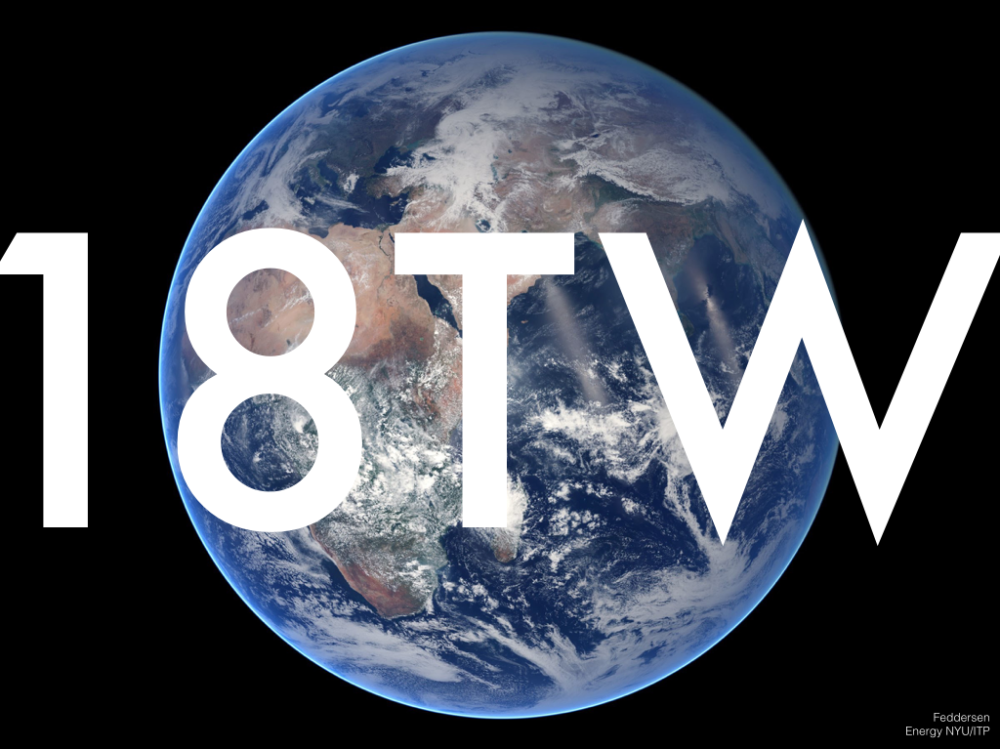
02, February 03: Making Things Move
Kinetic energy, and a 15 minute history of energy since the beginning of the universe.
In class: Hands-on with kinetic generator possibilities. Short circuit current, open circuit voltage. Entire history of energy. Kinetic technical material.
For next week:
- Read Smil chapter 1.
- Finalize your kinetic generator selection.
- Consider how to condition the output of your generator. Do you need to rectify AC? Smooth the output? Store energy? Limit voltage? Identify what parts your particular application will need.
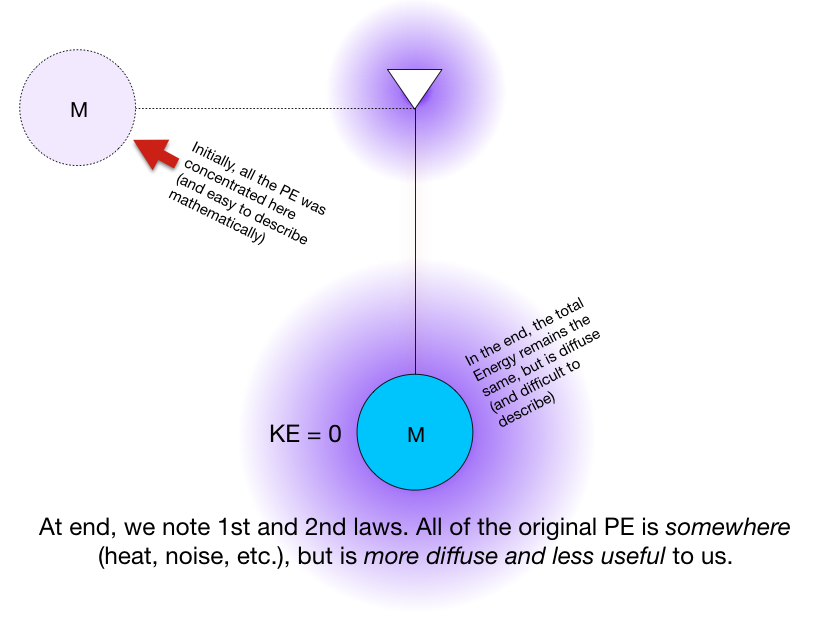
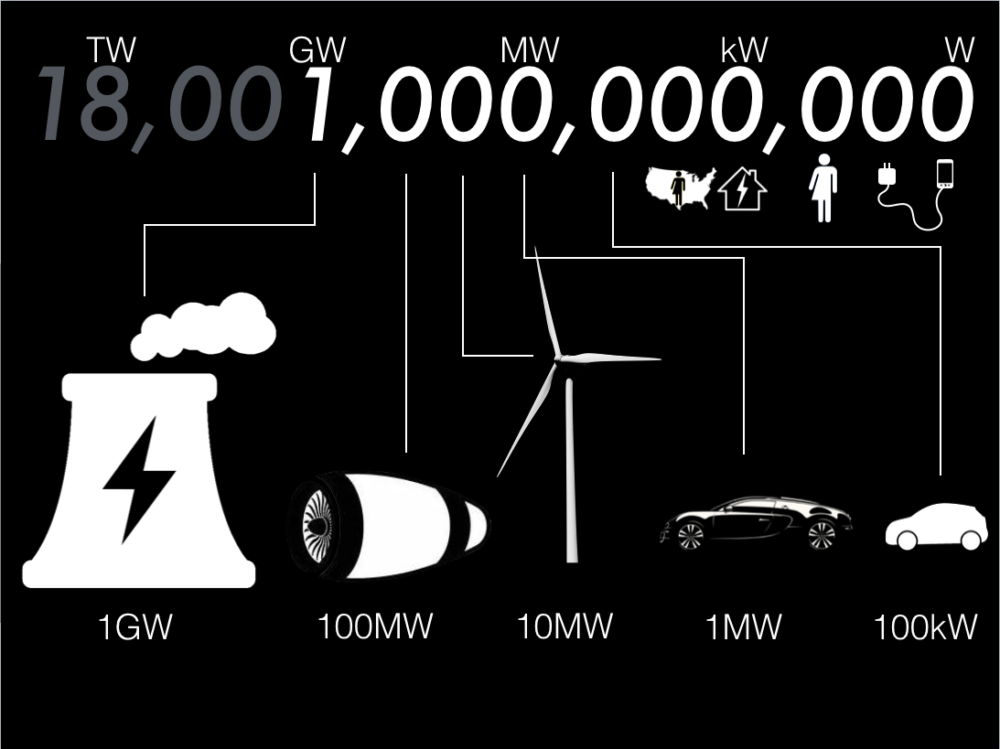
New: Even more material. Check out Mathura’s documentation of a great kinetic-electrical car (from 2016). So many LEDs!
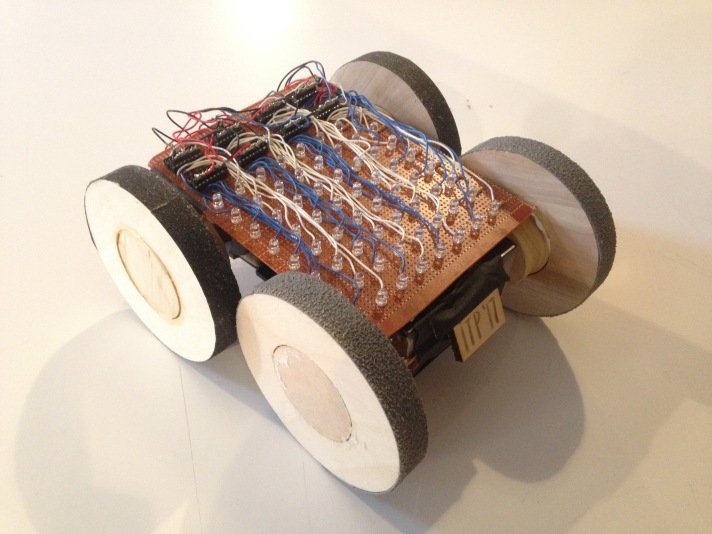
See also – Daniel Ryan Johnston’s tear down of a shower head that lights up from the motion of water.
Rectification circuit – where we’re headed by next week.
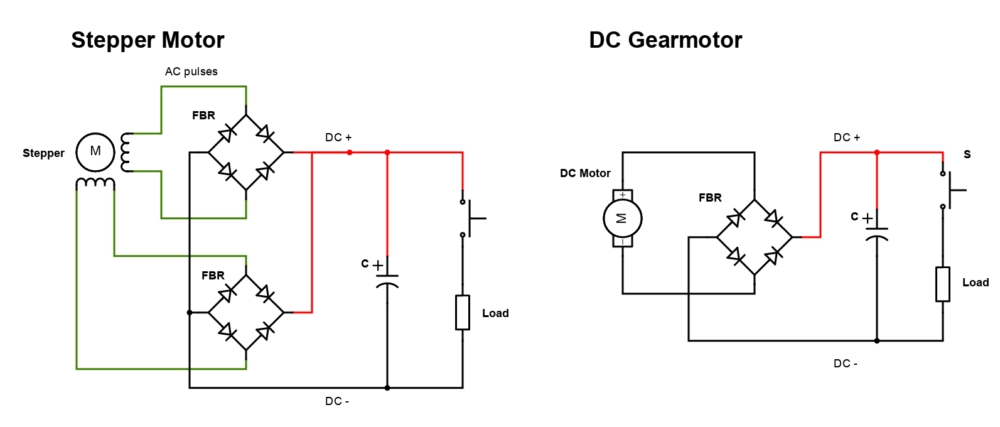
Here’s the circuit again as a vector PDF:
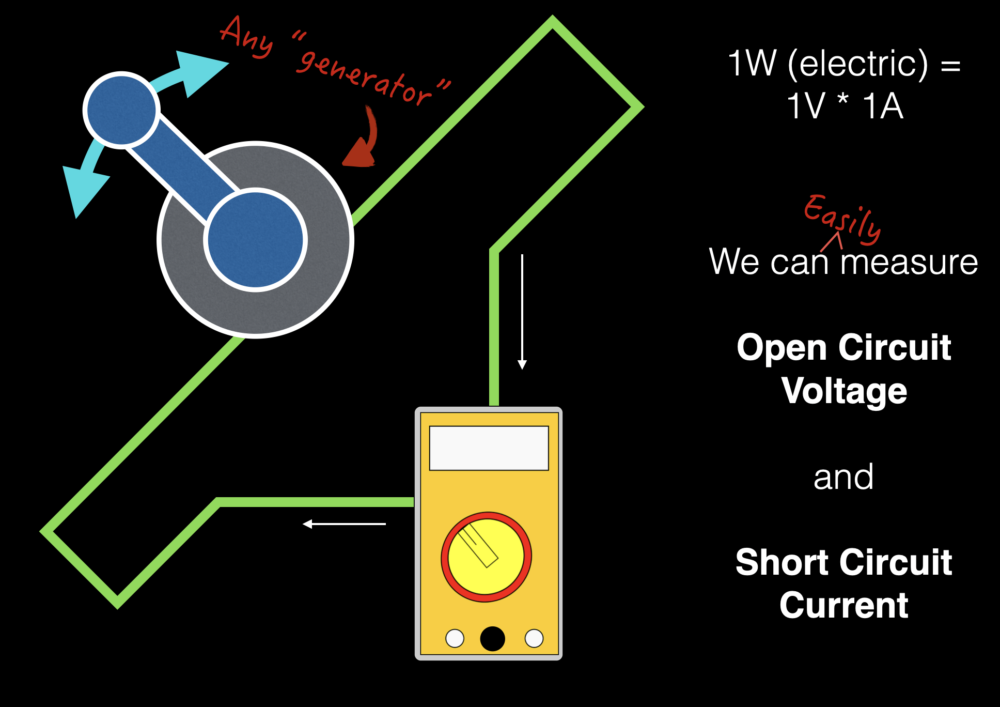
03 February 10: Capturing with Capacitors
We’ll look at a familiar component, the capacitor, is sizes (~1 Farad, or more) where they begin to function as energy storage devices.
In class agenda:
- Energy in the news? Smil?
- Activity:
- Finish rectifiers
- add capacitors
- Technical:
- Rectification and capacitor storage
- Big Picture:
- Entire History of Energy
- Orders of Magnitude 1, Koomey’s Law
- Chu’s Energy Servants/Fuller’s Energy Slaves
For next class:
Continue KE for presentation in two weeks (week 5)
Select Measurement research area, to discuss next week (week 4)
Look at solar resources in prep for Solar project (starting in week 5)
See these Hackaday notes on Rectifiers.
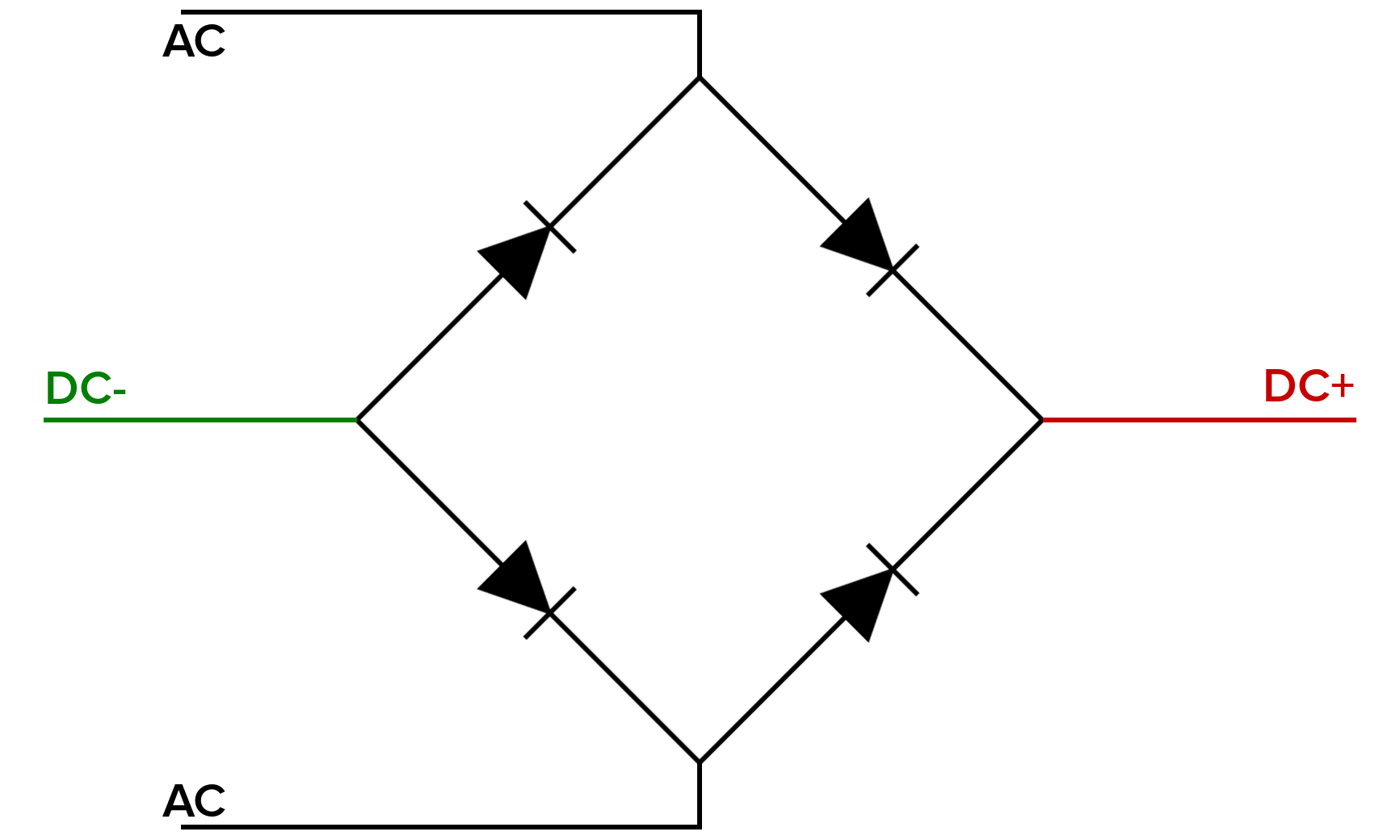
For next week:
- Read Smil chapter 2
- Finalize kinetic mechanism and circuit, begin final fabrication.
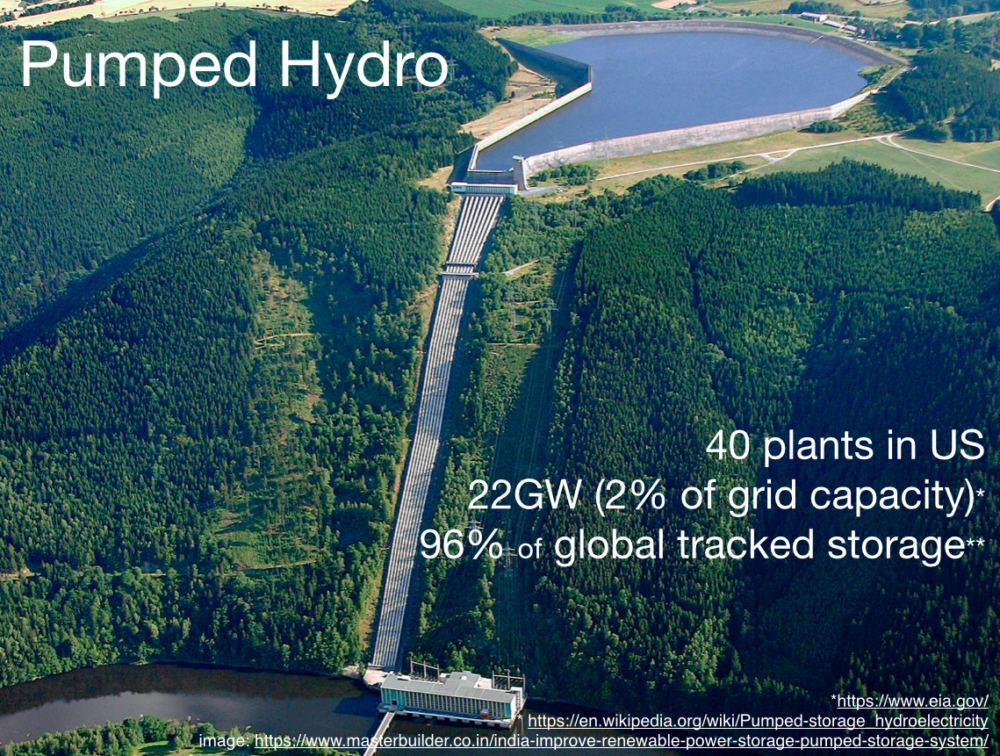
For further reading/watching (as we won’t be able to cover all this in class:)
Stuart McMillen’s illustrated essay about energy in terms of the human body. This idea traces back to Buckminster Fuller, and is probably the basis for Chu’s concept of energy servants mentioned in the lecture. Note: this work uses the image of ‘energy slaves’ as a central metaphor for making this comparison.

Several additional written essays by McMillen discussing the work and the ideas behind it. Thanks go to Todd Whitney from Energy 2021 for finding this excellent resource.
04 February 17: Big Kinetic
Grid-scale kinetic energy devices.
In class: Project check-in. Grid scale kinetic energy. DC-DC converters.
See previous Energy student Jason Gao’s excellent Solar-oid project for an example of a DC-DC converter in use. (Also, great energy estimation and use of small solar for a microcontroller).
Data:
Map of US electrical resources
BP Statistical Review (annual, comprehensive, global energy stats)
For next week:
- Read Smil Chapter 3
- Finish Kinetic Projects
- Instead of the Energy Gang this week, listen to the Roadmap to Net-Zero episode of the Big Switch. The host, Dr. Lott, was an Energy Gang guest. In particular, she does a great job making very clear the idea of “embodied energy” – the energy embedded in all the stuff around us. She also spells out what an incredible opportunity the enormous transition of the next few years will present, without downplaying the scope and difficulty of the challenge.
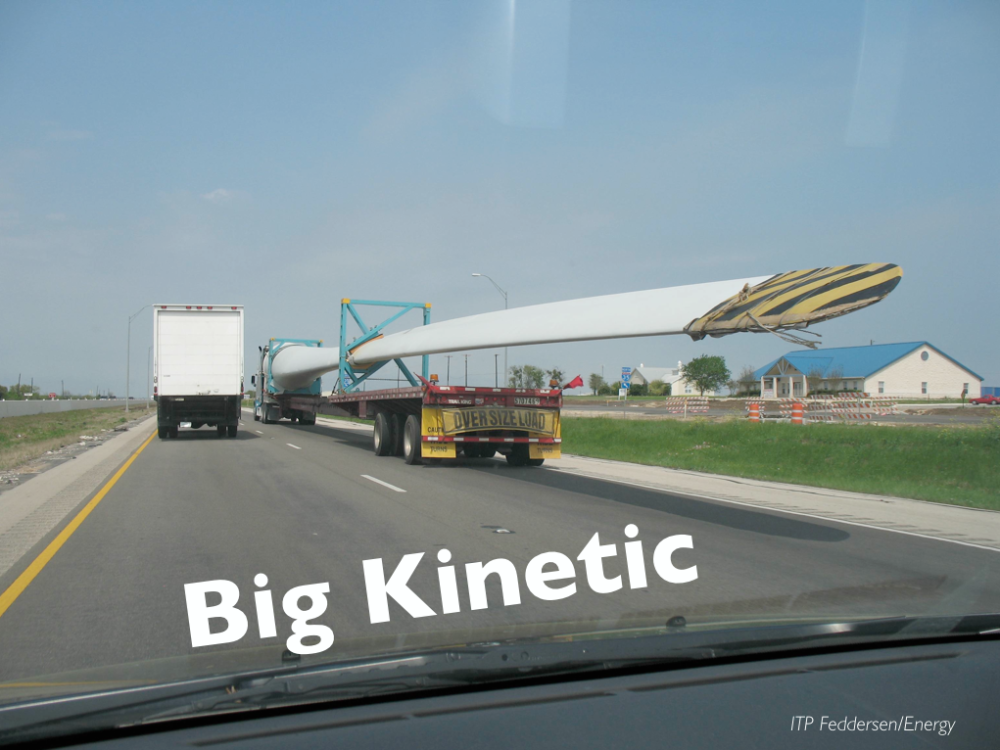
05 February 24: Kinetic Presentations
We see what you made!
In class: Present Kinetic Projects
For next week:
- Smil Chapter 4
- Listen to the recent “Texas Crisis” episode of the Ezra Klein podcast. He interviews Leah Stokes and David Wallace-Wells. (Here’s the Apple Podcast link for the same episode.)
- Review the work of Trash Club, in particular the projects, readings, resources.
- Solar mini assignment (new): Measure the power required to run a microcontroller. Take any project you already have, and using your multimeter, measure the current needed to power the project. As you already know the voltage, you can determine the power (V*I). If your microcontroller does different things, like turn on and off an LED, or connect to a wifi network and send a message, make sure to measure the curent required for each stage. Record your results on your blog.
06 March 03: Let There Be Light – Solar 1
Converting light into electricity
In class:
- Discuss measurement mini-assignment
- Additional ways to directly measure energy.
- Hands on with equipment in solar cart
- Solar introduction.
Guest: Brandon Roots. Brandon took the course last year, and made a very interesting measurement project (jailbreaking widely available inexpensive wifi power monitors), as well as a beautiful solar project (generative art on an e-ink display that reacts to the sun).
For next week:
- Smil chapter 5
- MVP: Using the solar cart and ITP’s panels, try powering a microcontroller the simplest possible way, by attaching the panel to the V-in (before the regulator). Does it work? If so, why? If not, why?
- Identify the materials you think you will need for your solar project – panels, computational load, battery and charge controller (if using), any additional components. Post your BOM (bill of materials) to your blog. Have a plan for getting anything that may have a long lead time.
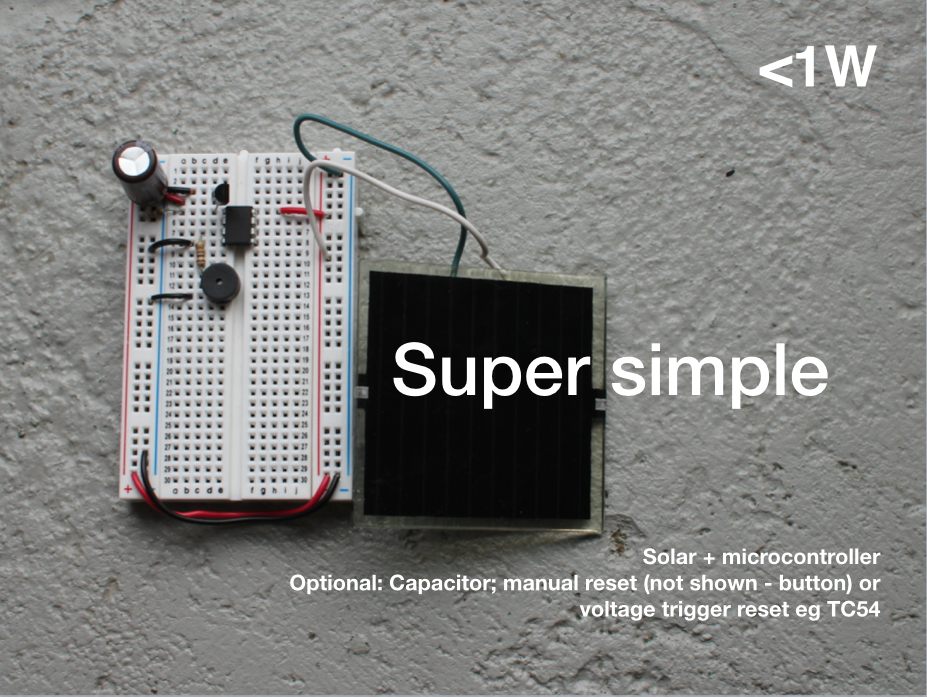
07 March 10: Charge/Discharge – Batteries
Storing energy in batteries
In class:
- More hands-on with solar cart materials.
- Battery scavenger hunt.
- Battery slides, notes on C-Rate.
For next week:
- Continue developing Solar projects. As soon as possible, test your projects with light from the cart or outdoors. If using a battery, prove to yourself that your project is not just running off the battery, but is also capturing solar energy. Consider ways to minimize your power requirements and gracefully handle power interruptions.
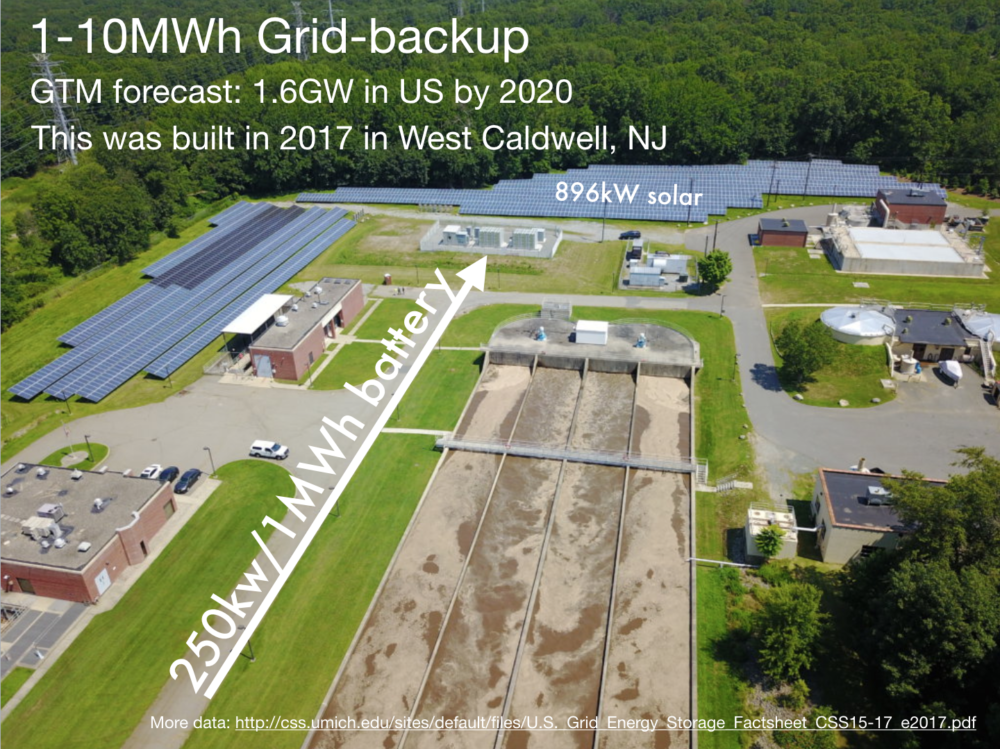
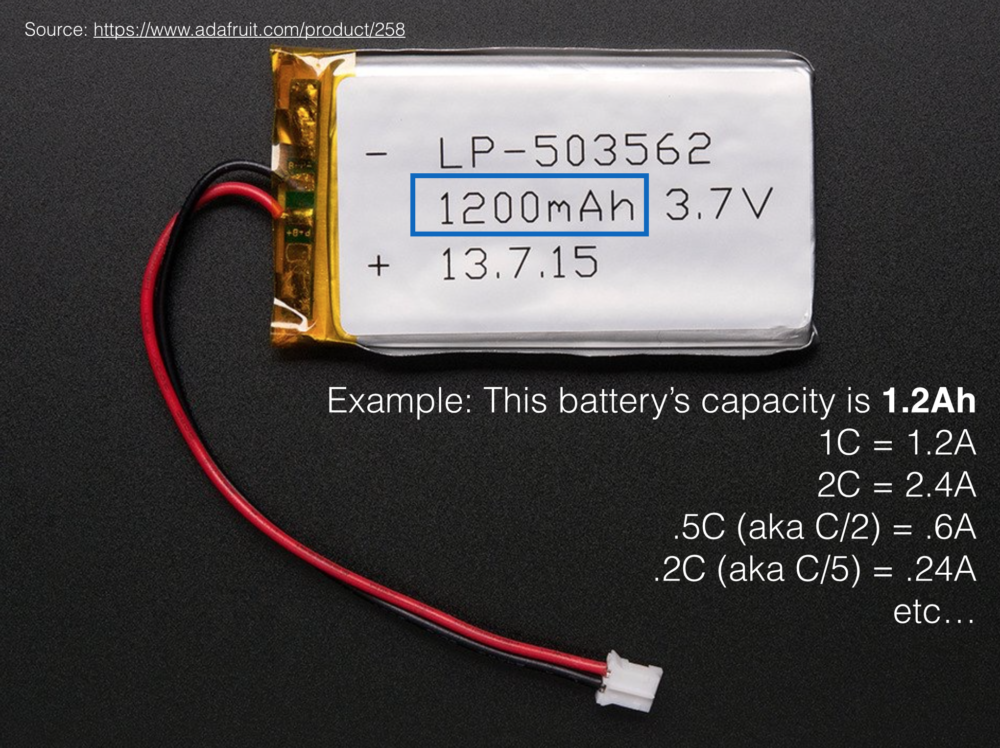
08 March 24: Solar 2
Advanced solar topics
In class:
We’ll look at additional solar concepts like maximizers, module-level power electronics, balance of system, 1- and 2-axis tracking systems, concentrators, and alternate materials including multi-junction cells and Perovskites.
For next week:
- Finish and document your solar projects.
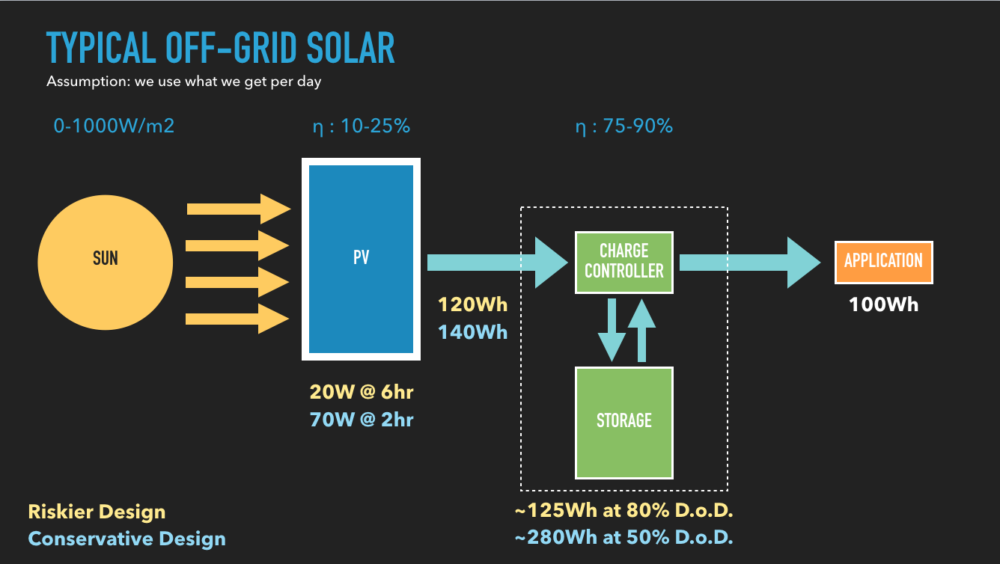
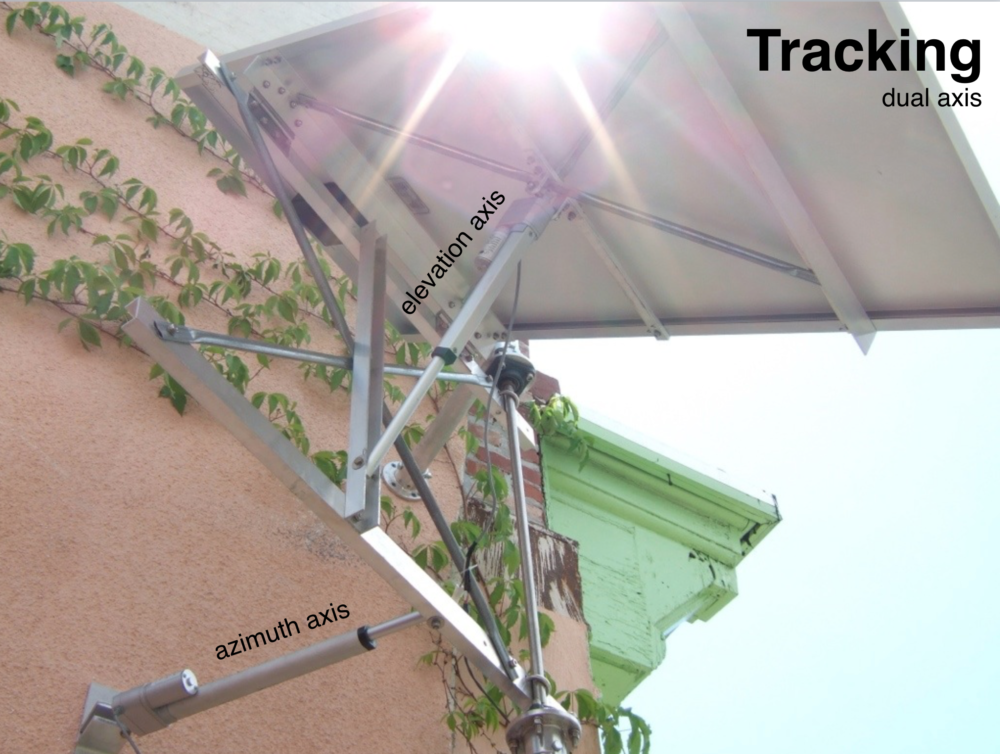
09 March 31: Solar Presentations
We’ll see what you made.
In class: Solar Presentations
For next class:
- Post to your blog a one paragraph update on your measurement project. Detail one or more of the following: a direct measurement you’ve made; a journal, paper, or data source you’ve identified; a statistic that applies to your subject that you’ve learned through research.
- Mark the class spreadsheet that you’ve finished reading Smil (if, in fact, you have!).
10 April 07: Measurement
In-depth look at additional energy measurement and data not yet covered
In class:
Review your measurement progress posts.
Discuss energy measurement and data sets.
For next class:
- Continue working on your Measurement Project for posting by week 12.
- Post a short description to your blog with your final project concept. Identify any components you need but do not yet have.
11 April 14: AMA Review
A chance to touch on any topics not yet covered in class.
12 April 21: Special Topics (will be virtual or individual meetings)
Note: I will be traveling this week. The class will either be held virtually or will consist of individual meetings during the regular class time. More info to come. Thank you for your flexibility.
Help set the discussion for today. Wish we’d addressed small modular reactors and fusion power? Veganism? Electric aviation? Today can be the day.
13 April 28: Workshop
This class is dedicated to one-on-one meetings to help finish your final projects.
14 May 5: Final presentations
Class Policies
Participation & Attendance
Attendance/participation notes will be updated to reflect remote/asynchronous learning, as per the policies above. If you will miss any class, or will be unable to attend at a certain time, let me know asap.
Personal Device Use
Please limit other software to what is helpful for the class and, especially when your fellow students are speaking, give them your undivided attention.